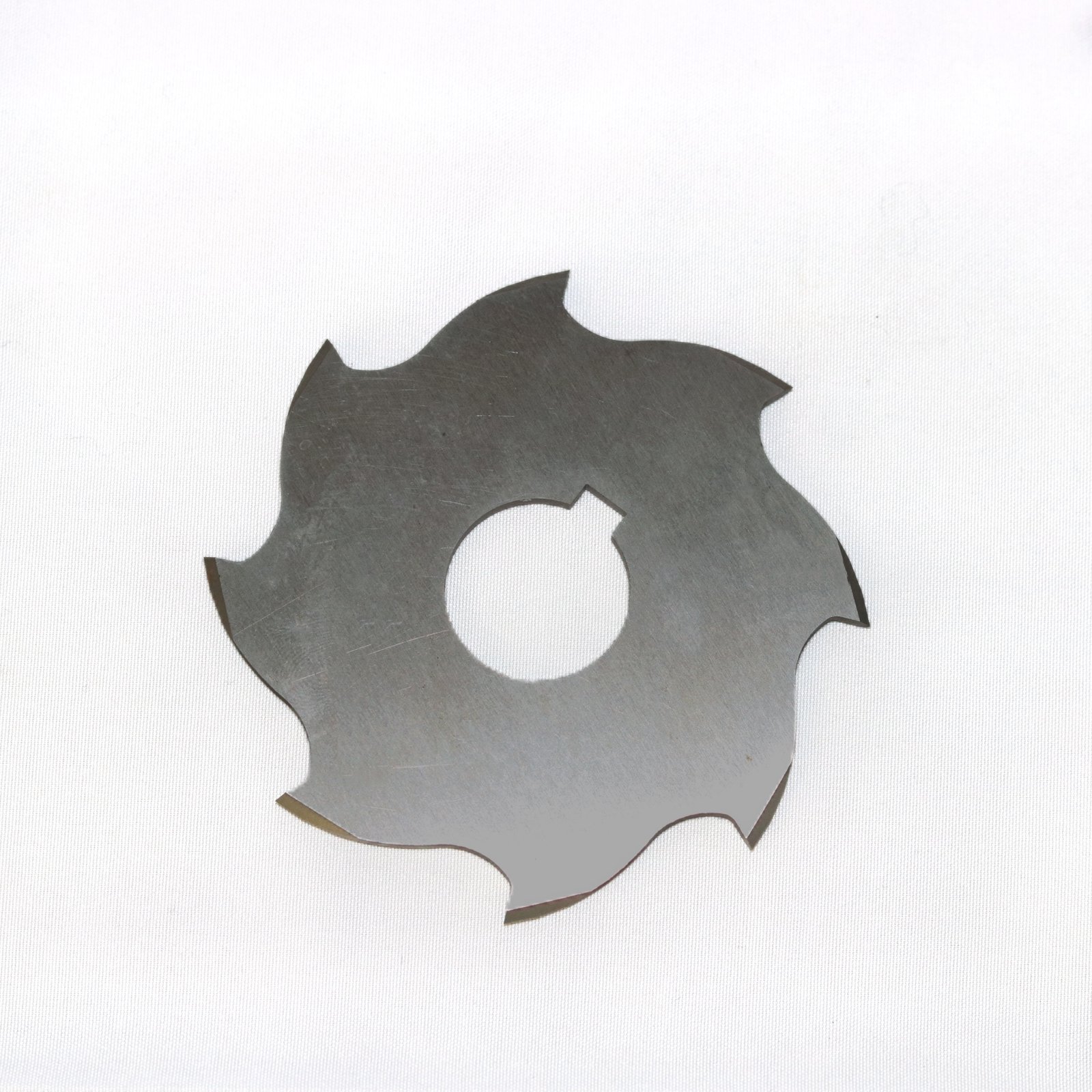An angle milling cutter is a specialized type of milling tool designed for machining angular surfaces, grooves, chamfers, and bevels on workpieces. Unlike standard milling cutters, which typically have straight or helical cutting edges, angle milling cutters feature cutting teeth arranged at a specific angle (commonly 45°, 60°, or 90°) to the cutter axis.
Key Features:
- Angular Cutting Edges – The teeth are ground at a precise angle, allowing the cutter to produce inclined surfaces or precise V-shaped grooves.
- Single-Angle vs. Double-Angle
- Single-angle cutters have teeth on one conical face and are used for milling single-angle features like chamfers.
- Double-angle cutters have V-shaped teeth and can machine symmetrical angular grooves (e.g., for tool bits or gear teeth).
- Material & Coating – Typically made from high-speed steel (HSS) or carbide, with optional coatings (TiN, TiAlN) for improved wear resistance.
- Peripheral & Side Cutting – Can perform both peripheral milling (edge cutting) and face milling (surface finishing).
Common Applications:
- Machining chamfers and bevels on edges.
- Cutting V-grooves (e.g., for tool holders or screw heads).
- Producing angular slots in gears, dies, and molds.
- Dovetail milling (when combined with appropriate setups).
Advantages:
✔ Enables precise angle machining without complex setups.
✔ Reduces the need for multiple tools by integrating angular cutting into a single operation.
✔ Suitable for both manual milling machines and CNC machining centers.
Typical Specifications:
- Cutter Diameter: 50–100 mm (varies based on application).
- Angle Options: 30°, 45°, 60°, 90° (most common).
- Shank Type: Straight or arbor-mounted (for horizontal mills).
Angle milling cutters are essential in tool and die making, aerospace components, and precision engineering where exact angular features are required.
Would you like additional details on usage techniques or recommended cutting parameters?

